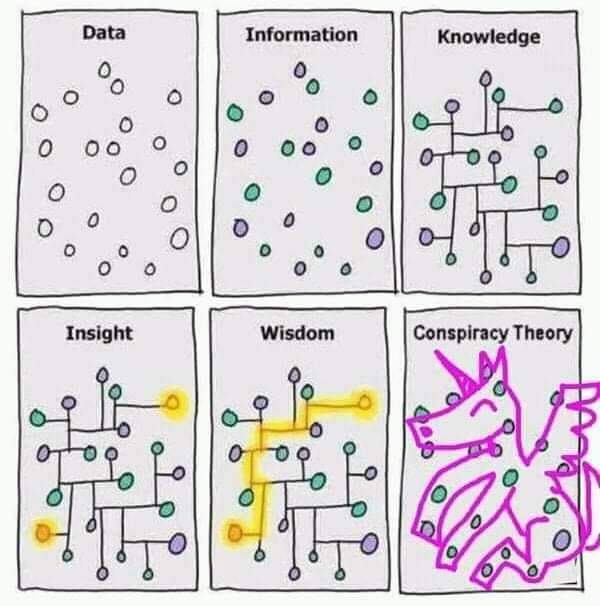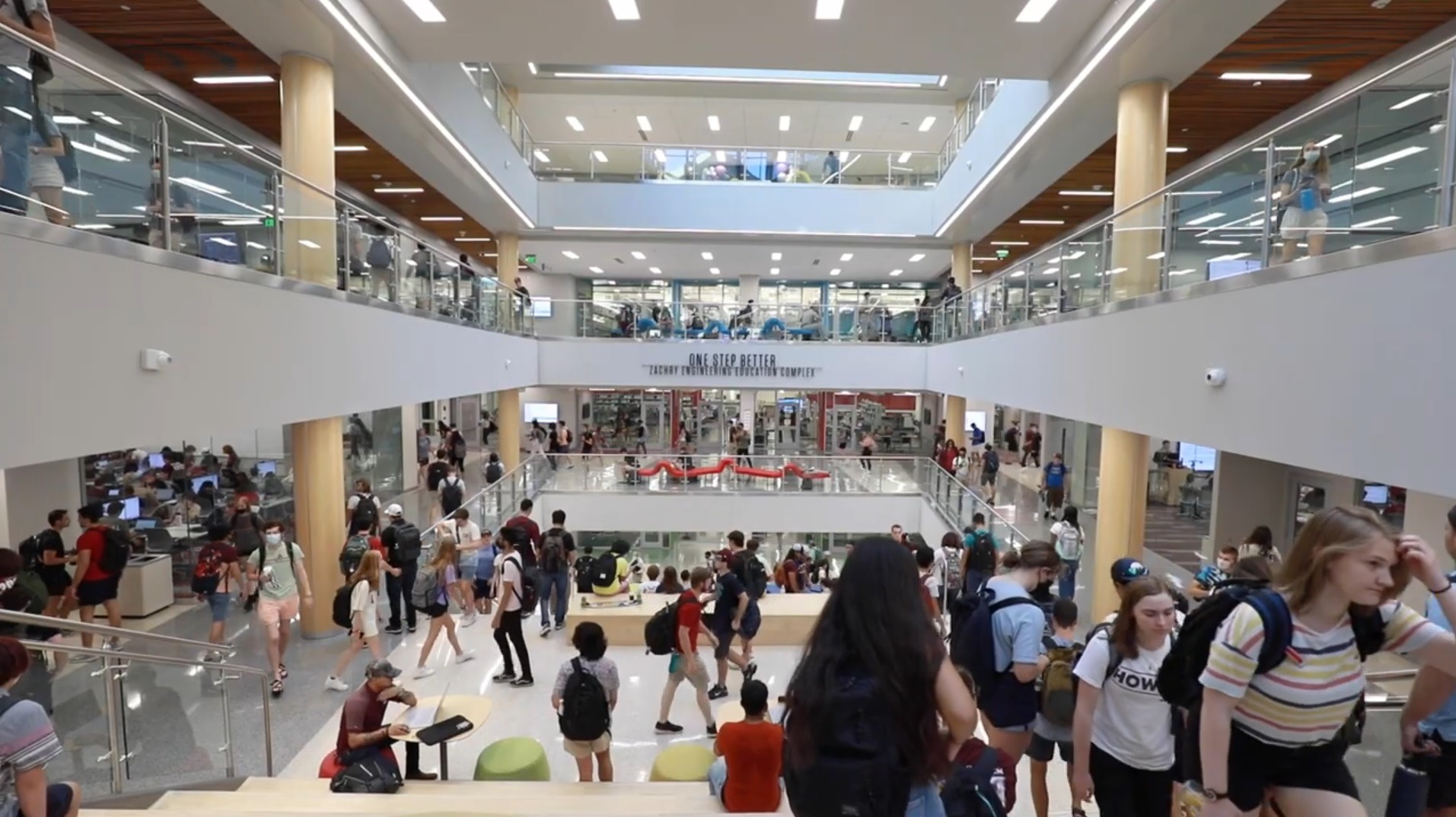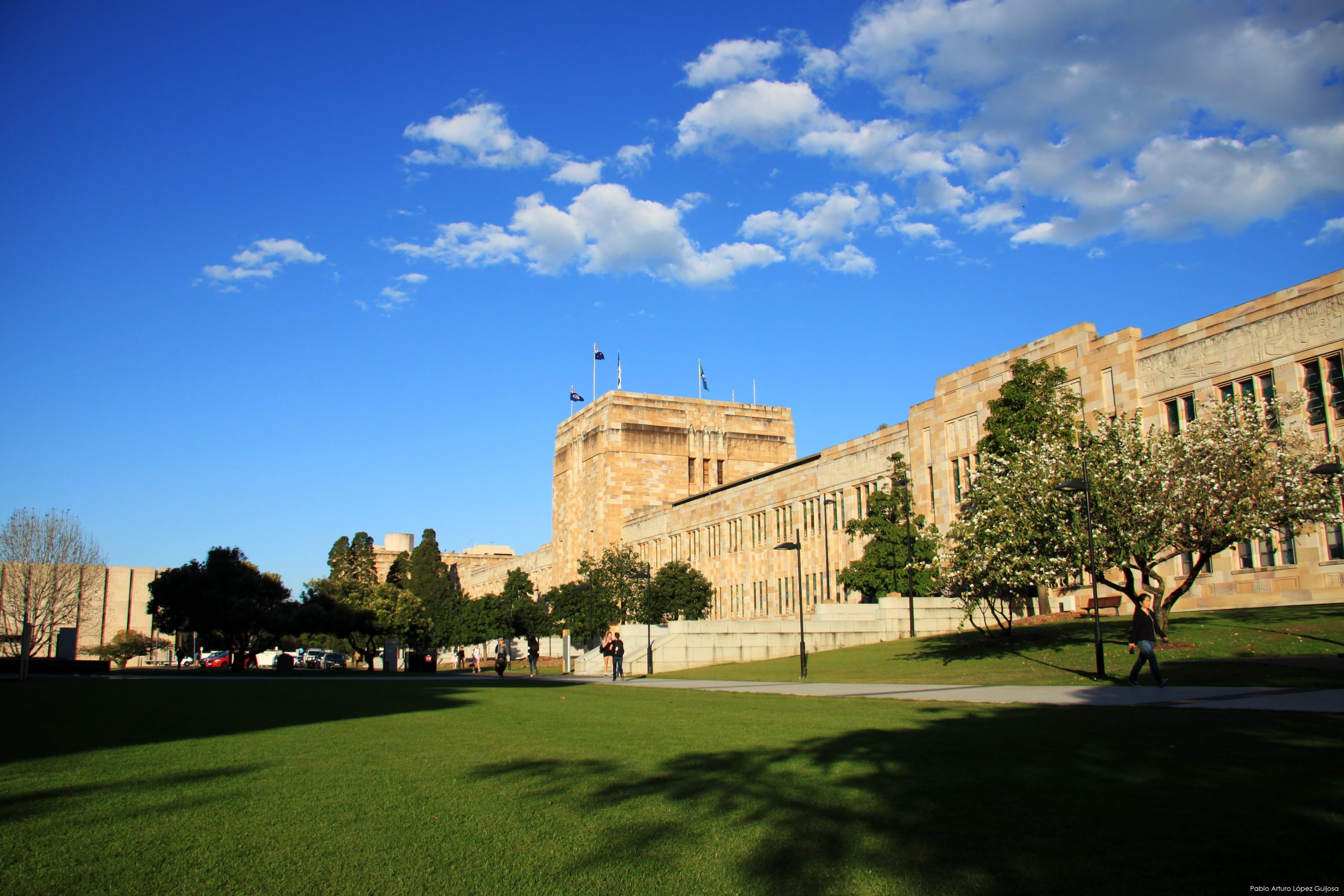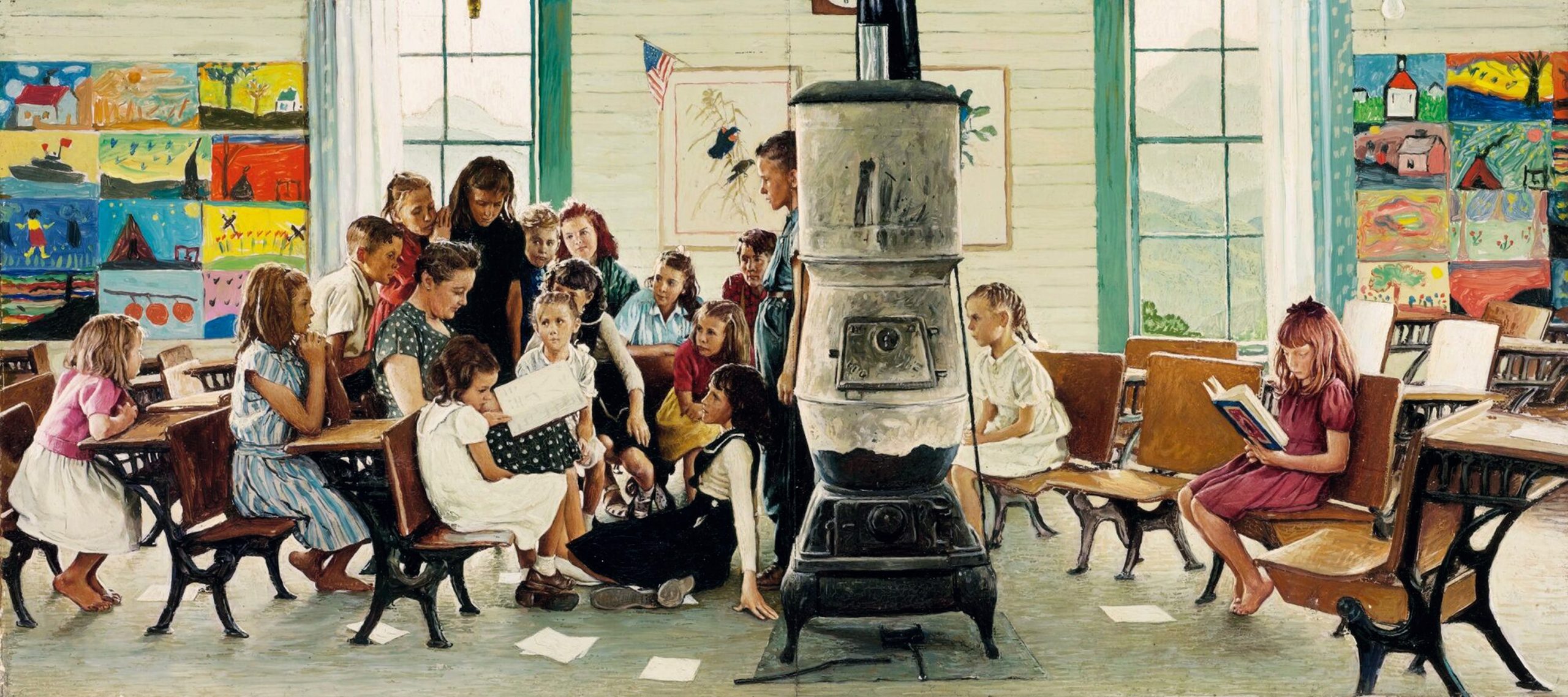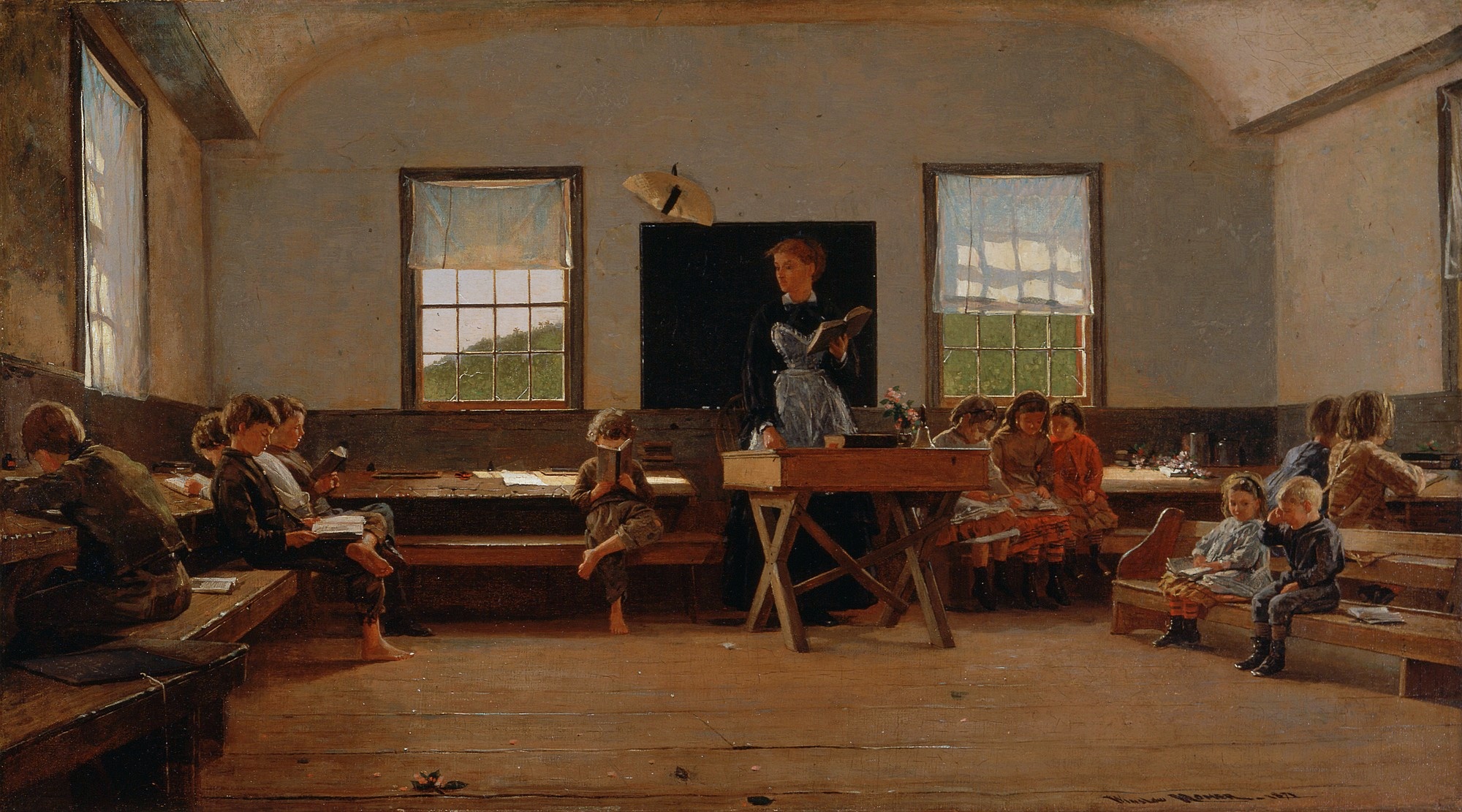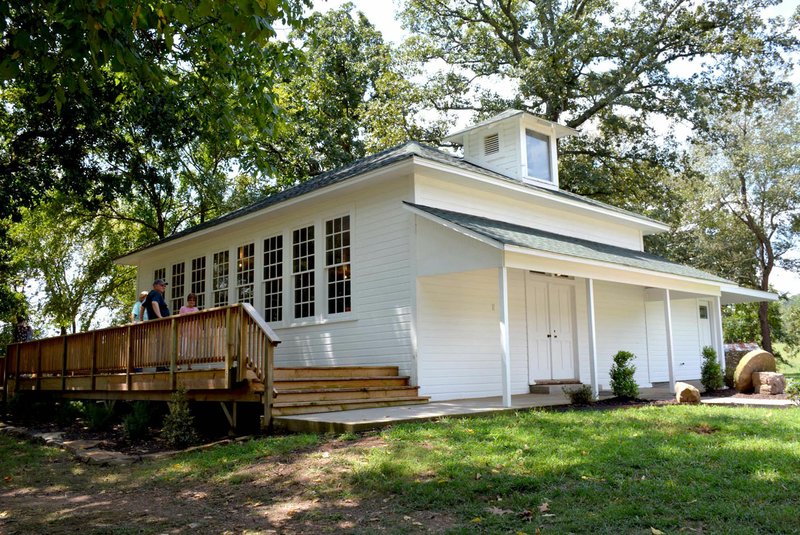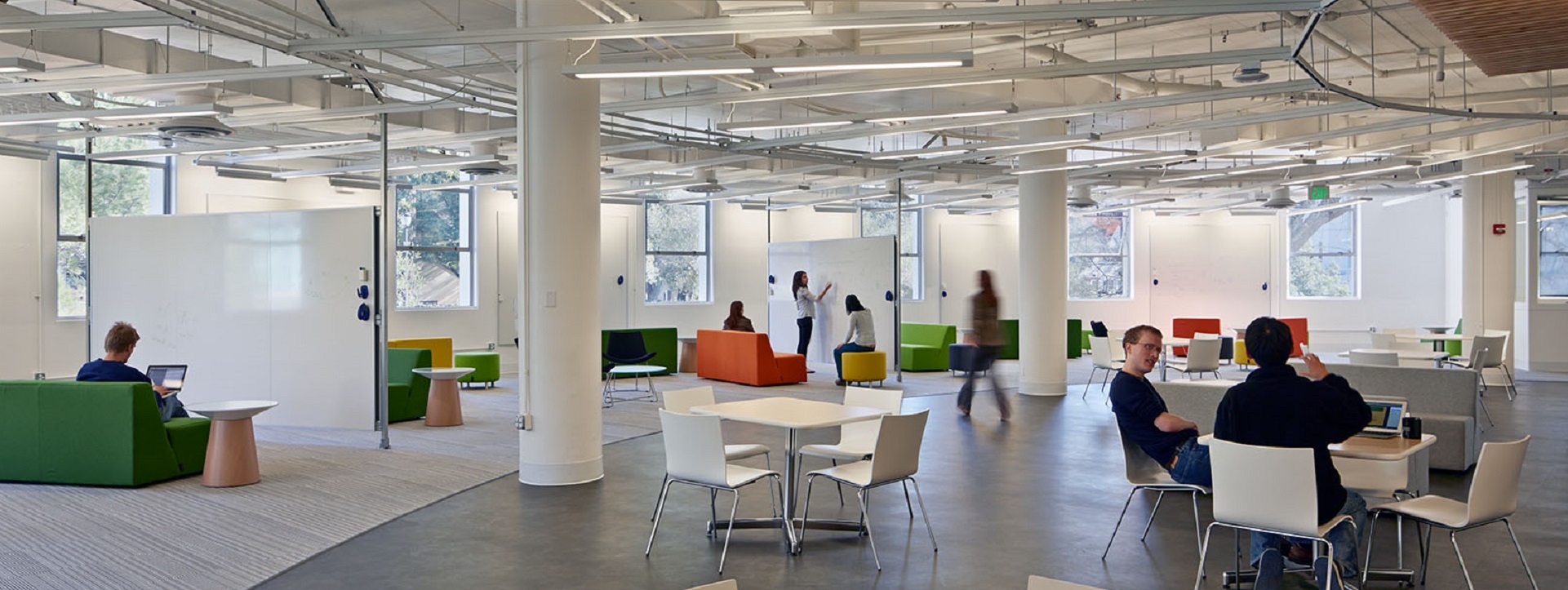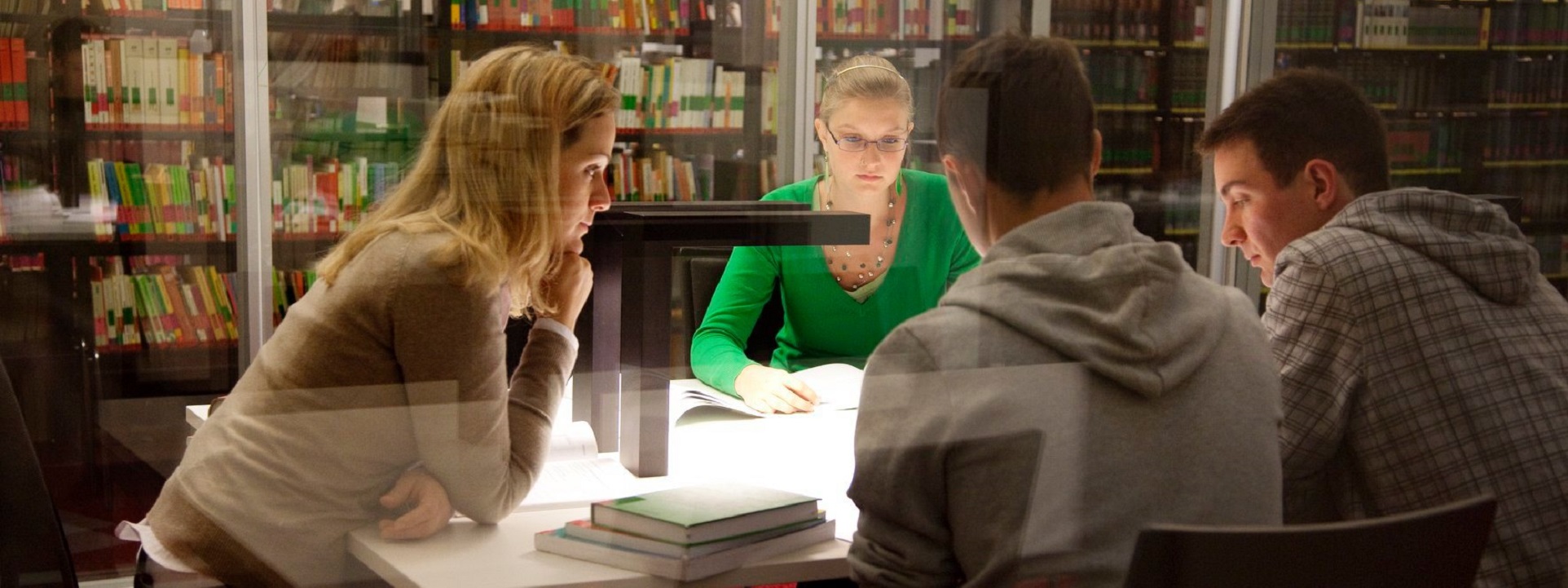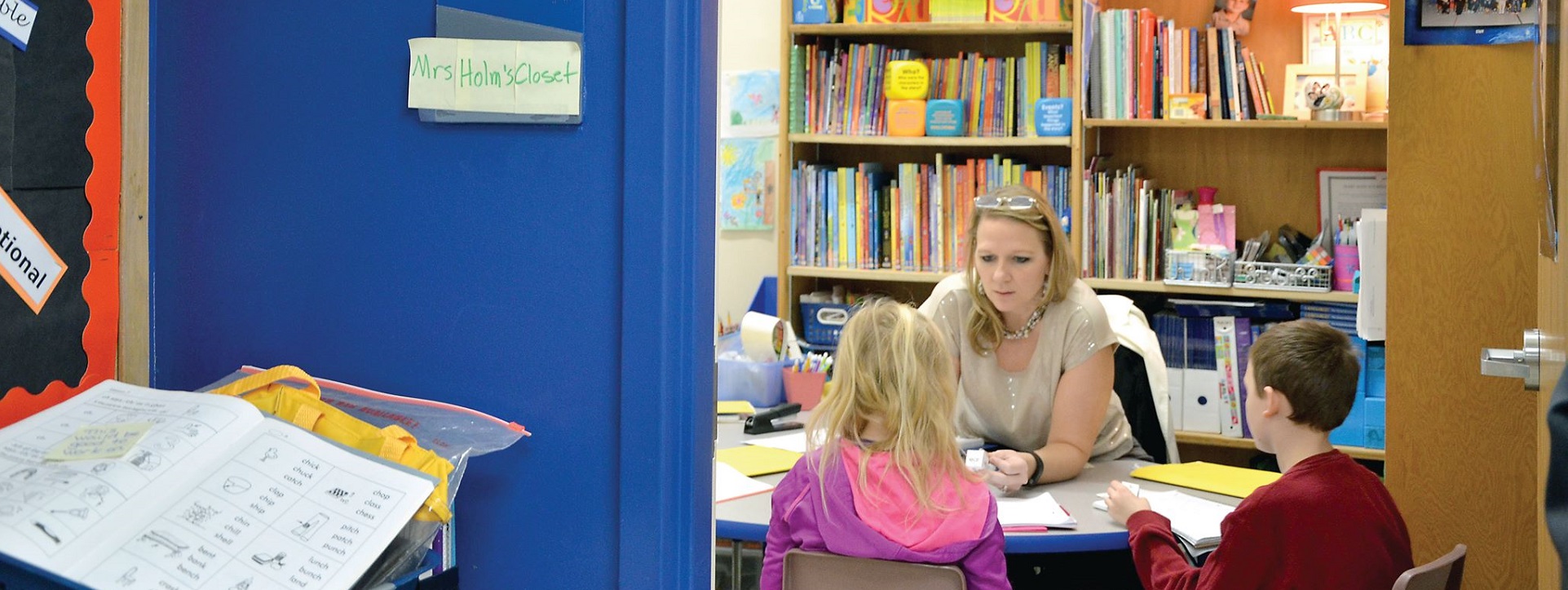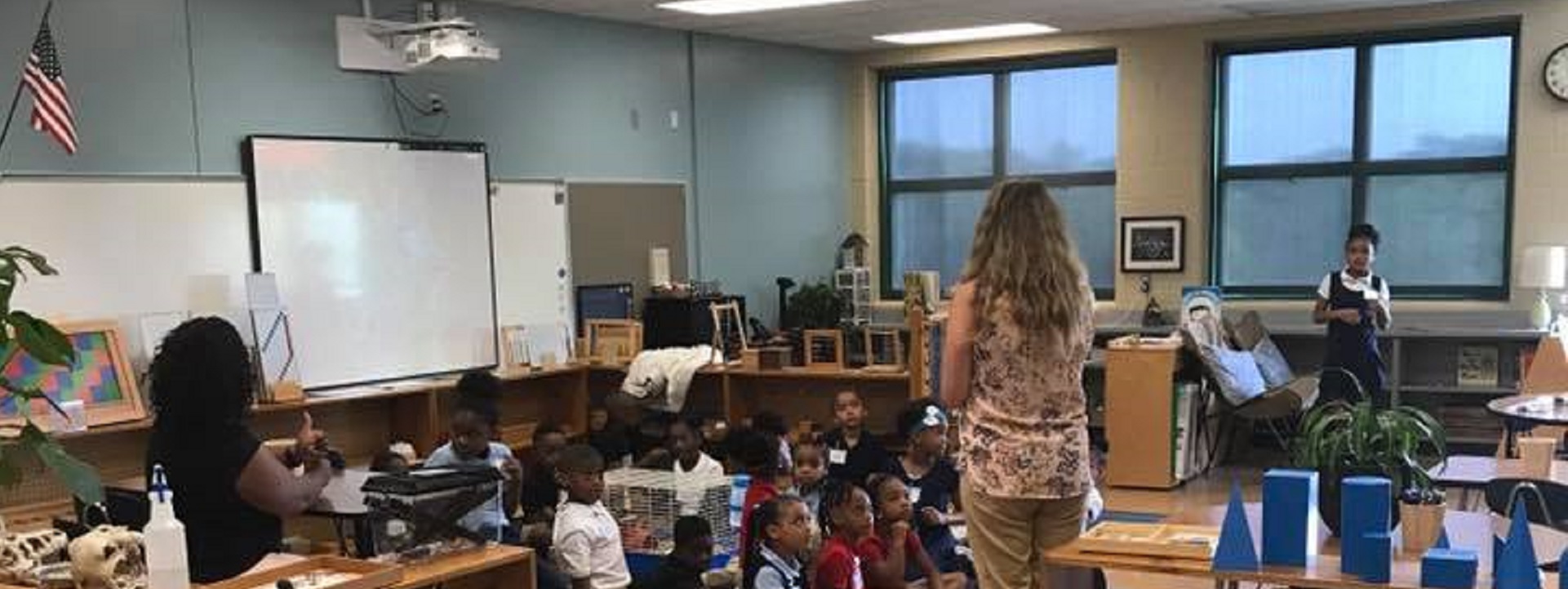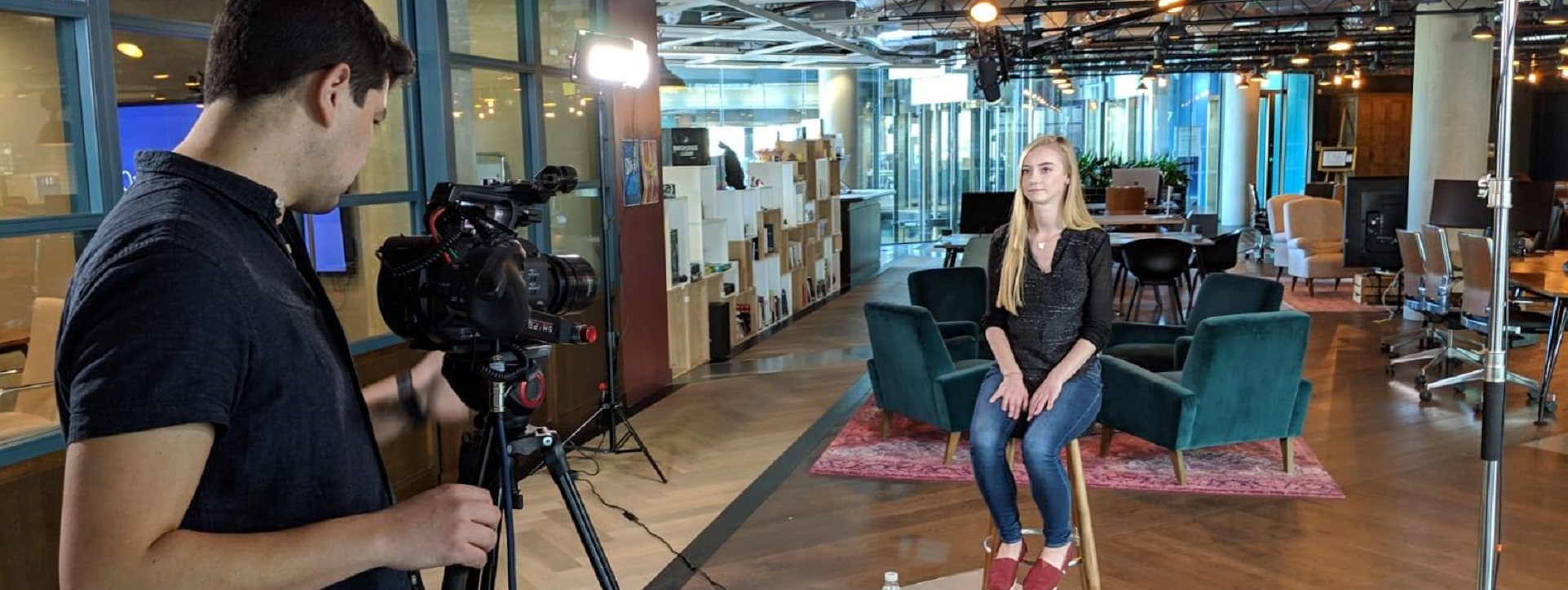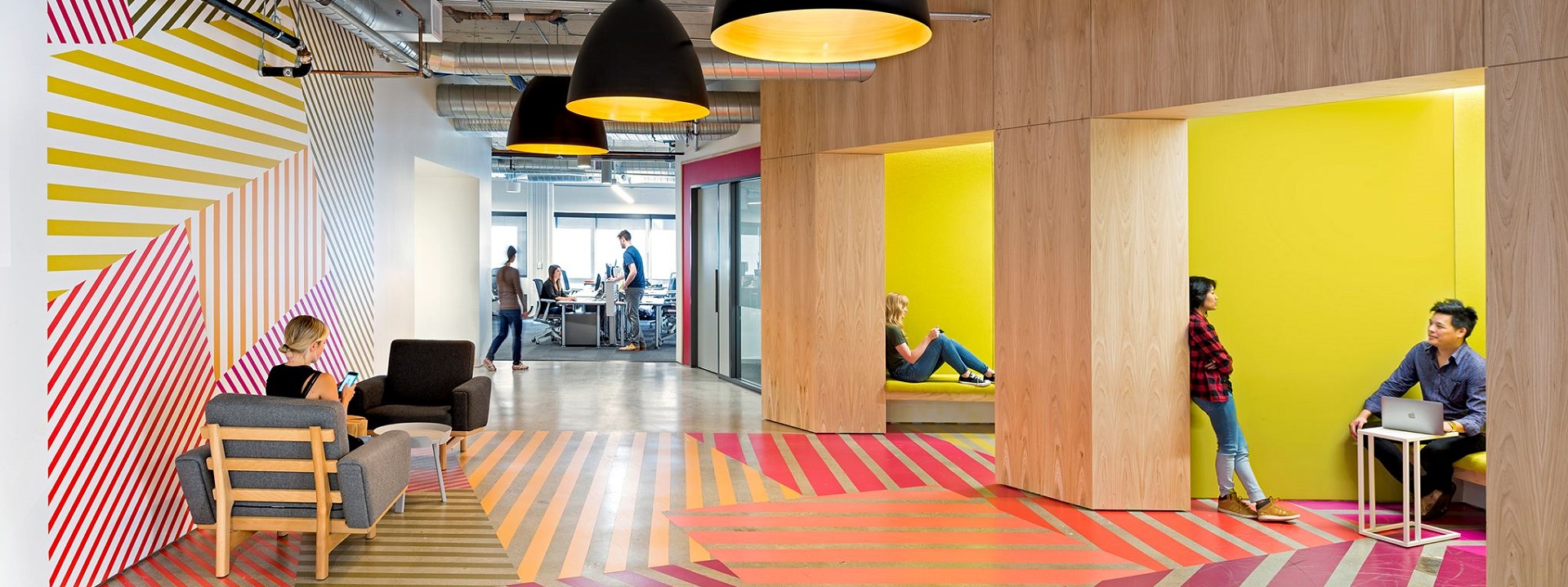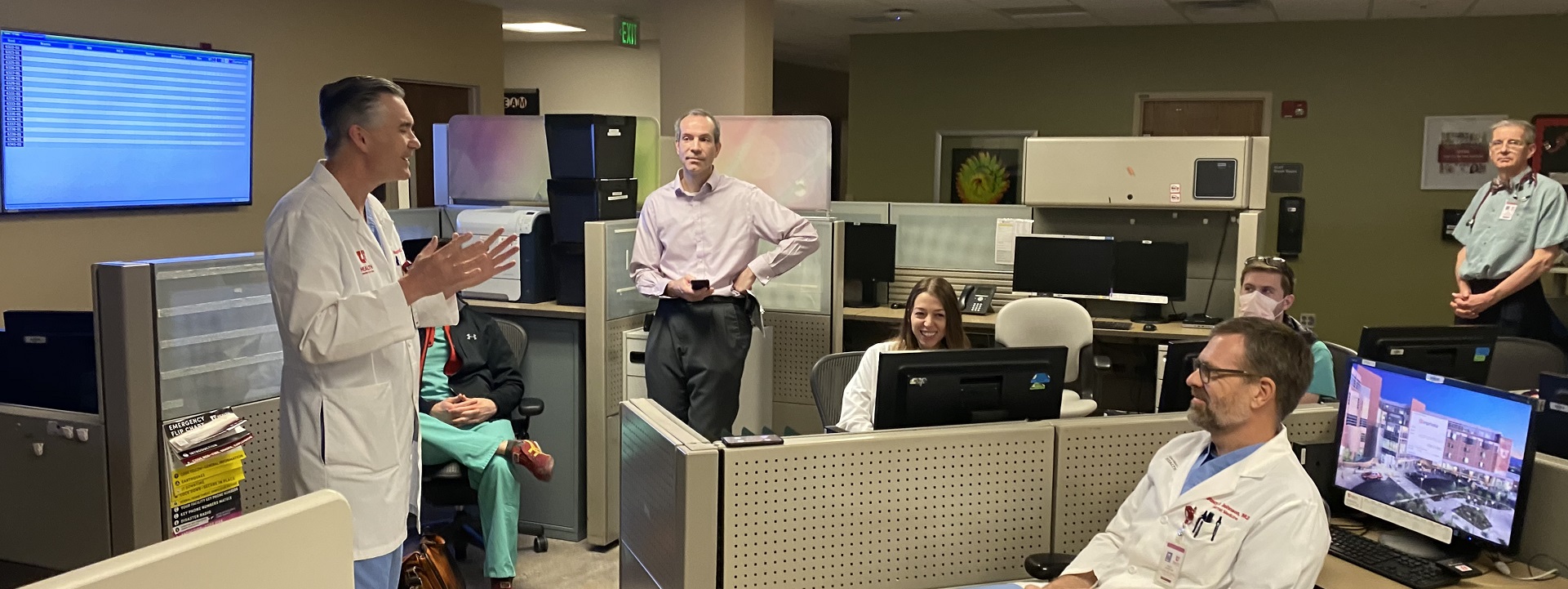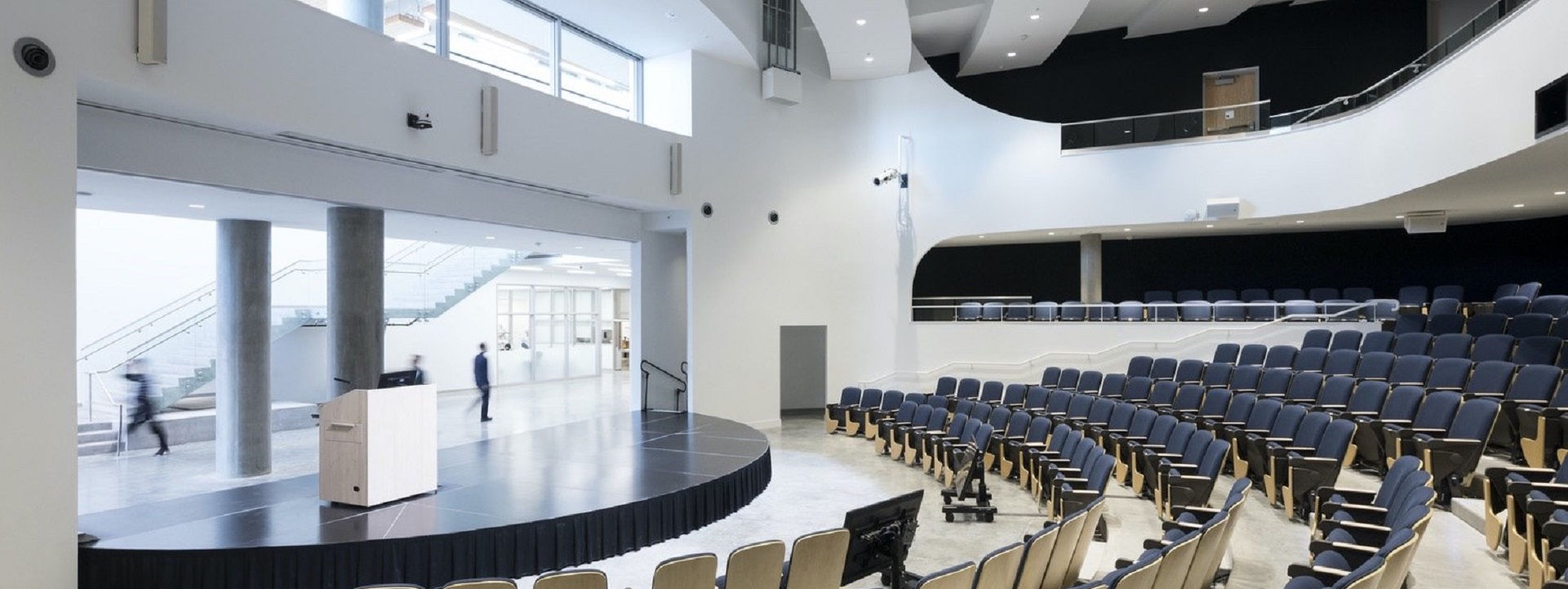Fire Drills
- Home Page 28

Data Centers
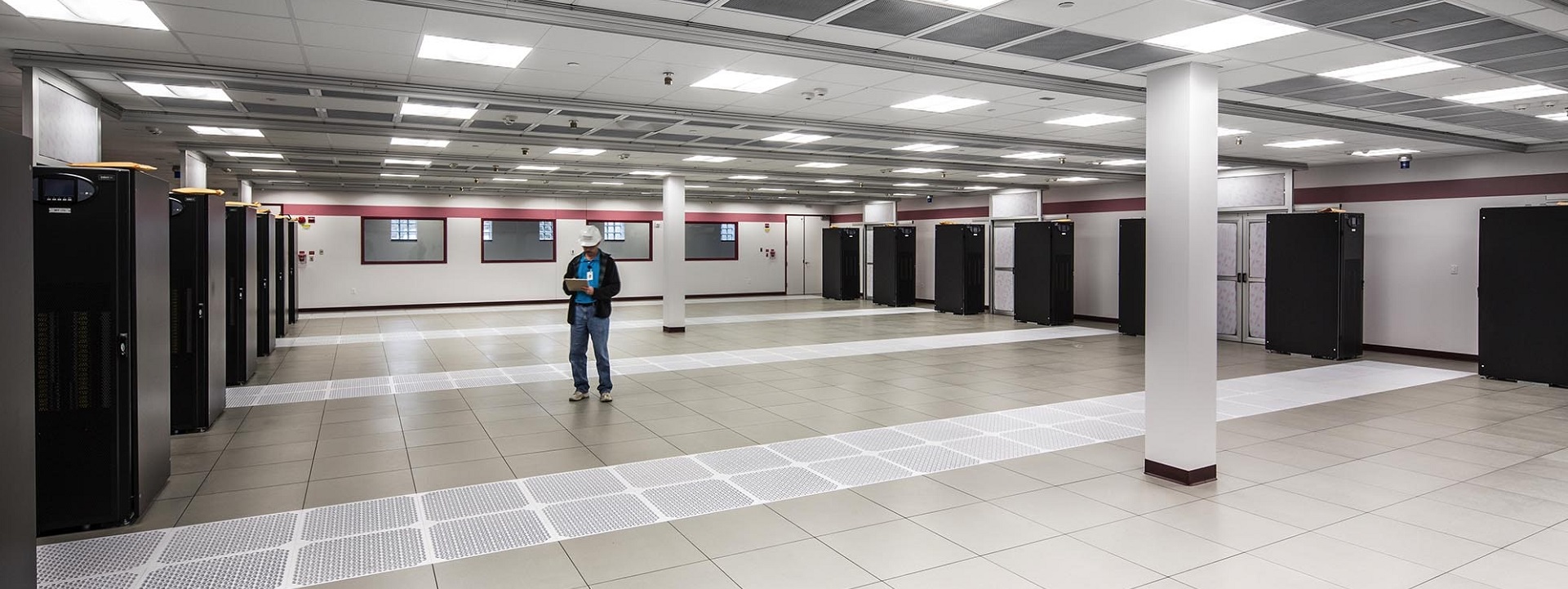

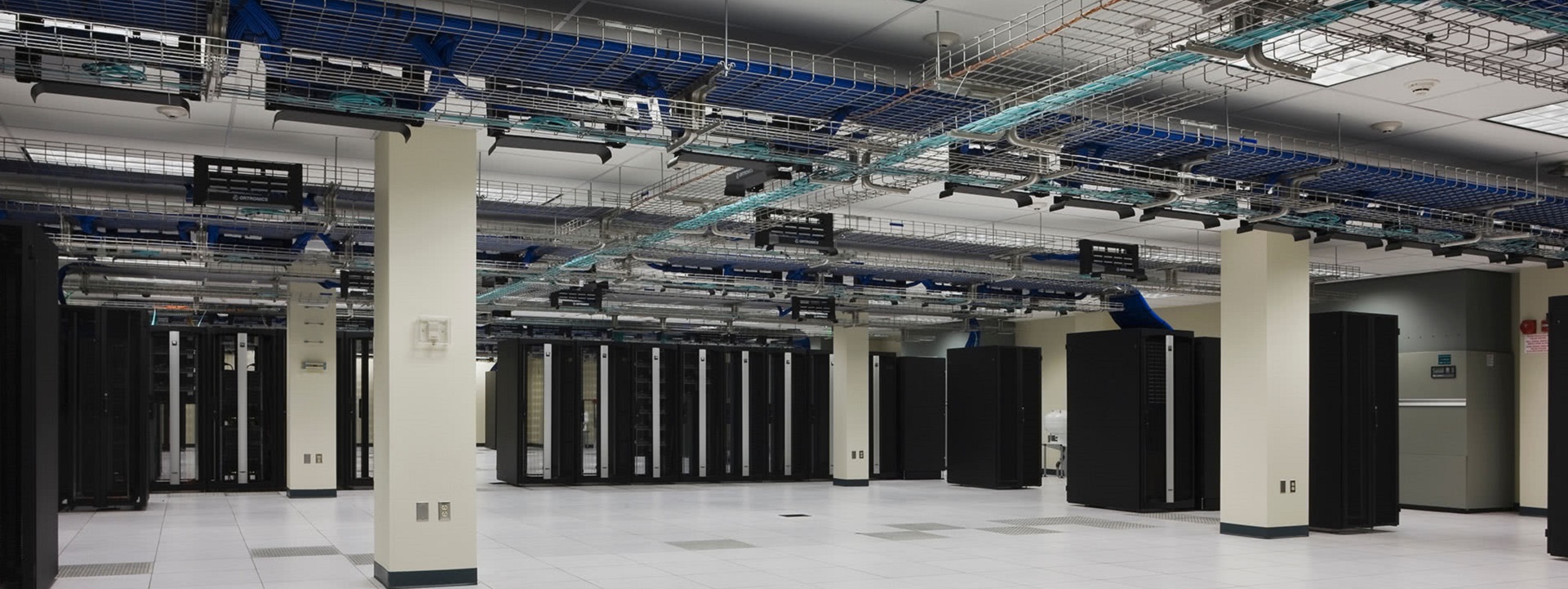

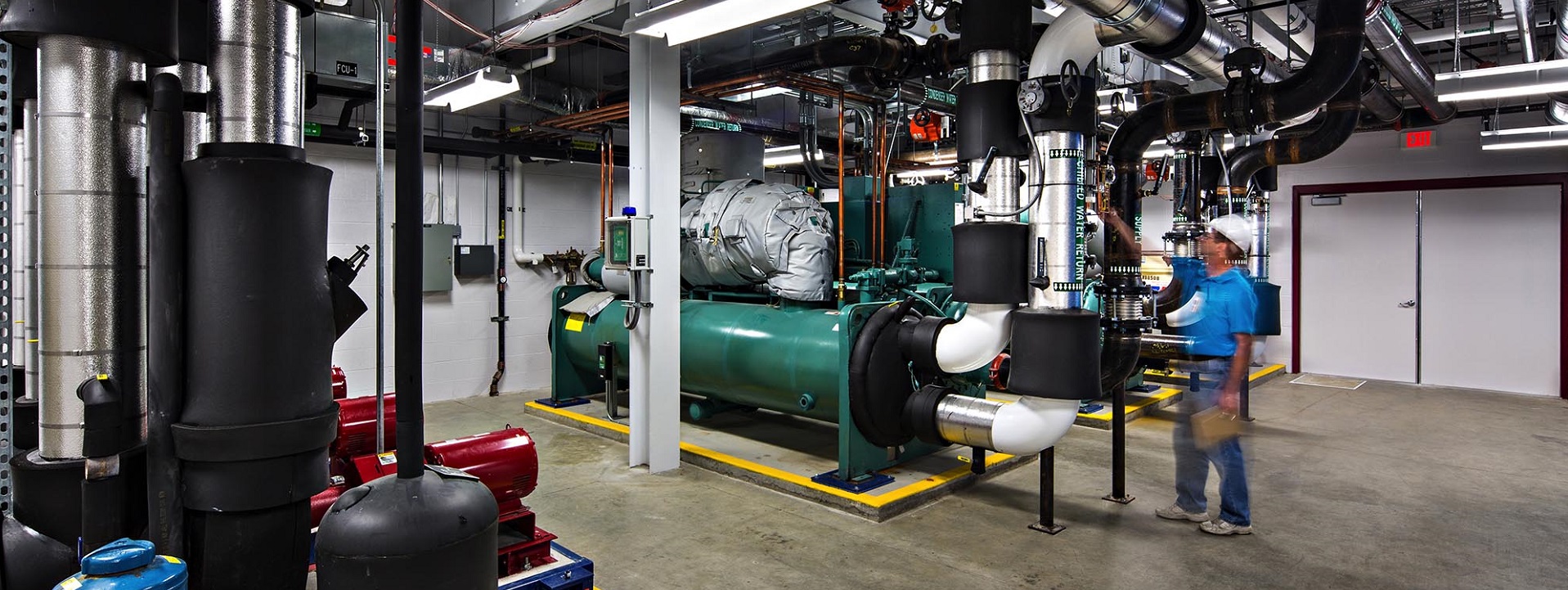
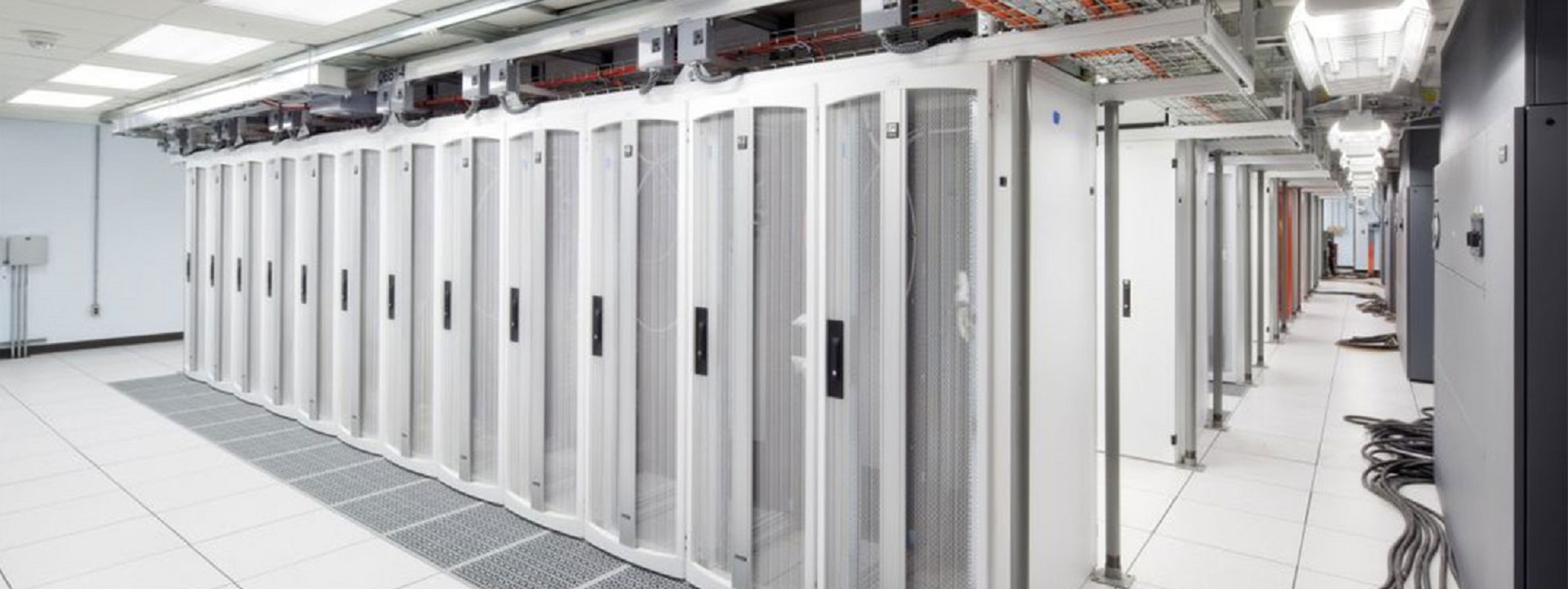
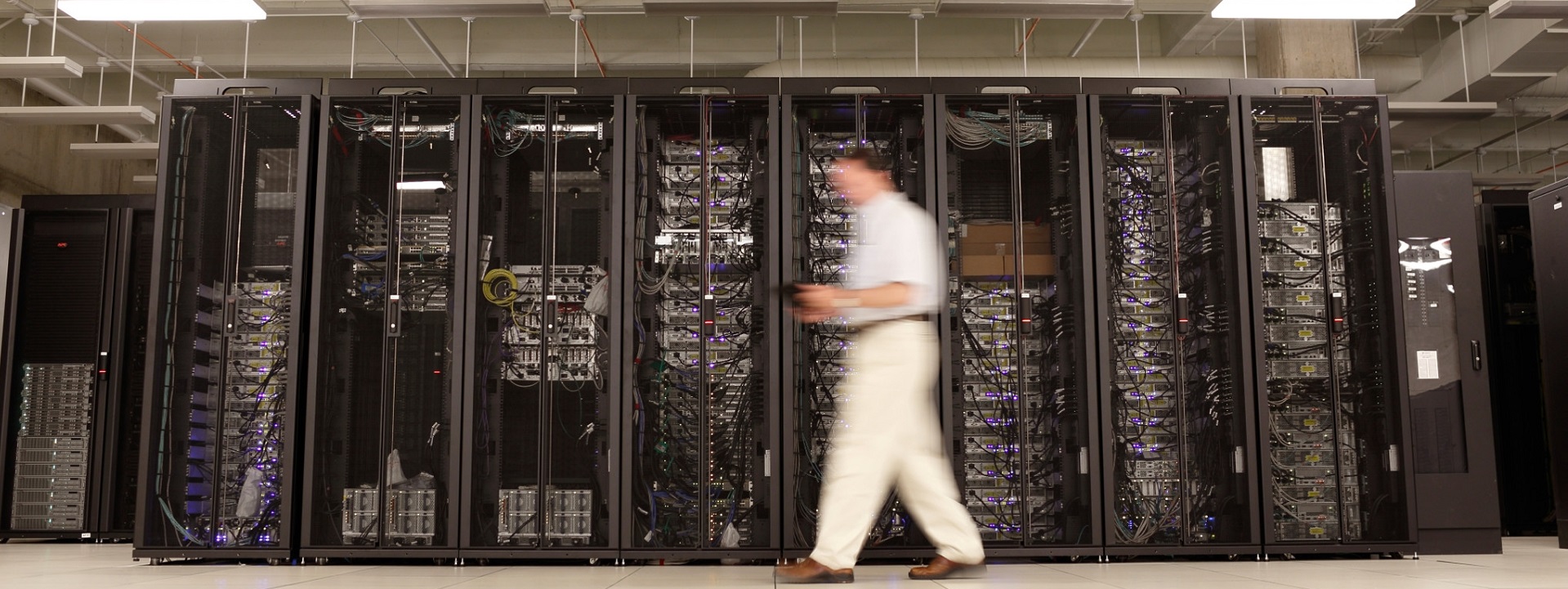
Data centers in colleges and universities are crucial for supporting the extensive technological infrastructure required for modern education and research. These centers house critical servers and storage systems that manage vast amounts of data, ensuring reliable access to academic resources, administrative applications, and communication networks. They enable the secure storage and processing of sensitive information, including student records, faculty research, and institutional data.
Uptime Institute Tier Classification
Moreover, data centers facilitate advanced research by providing the computational power needed for data-intensive studies in fields like bioinformatics, climate science, and artificial intelligence. They support virtual learning environments and online course management systems, essential for the increasingly prevalent hybrid and online education models. Efficient data centers also contribute to campus sustainability goals by optimizing energy use through modern, eco-friendly technologies.
ANSI/TIA 942 Data Center Infrastructure Standard
Additionally, robust data center infrastructure enhances the university’s ability to attract top-tier faculty and students by demonstrating a commitment to cutting-edge technology and resources. They also play a vital role in disaster recovery and business continuity, ensuring that educational and administrative functions can resume quickly after disruptions. Overall, data centers are integral to the academic mission, operational efficiency, and strategic growth of colleges and universities.
We have followed development of the technical standards that govern the success of these “installations” since 1993; sometimes nudging technical committees — NFPA, IEEE, ASHRAE, BICSI and UL. The topic is vast and runs fast so today we will review, and perhaps respond to, the public consultations that are posted on a near-daily basis. Use the login credentials at the upper right of our home page.
Related:
Ernst & Young LLP: Why there is no silver bullet for data center financing
Power Management For Data Centers Challenges And Opportunities
RELLIS Data and Research Center: Coming Summer 2025
The RELLIS Data and Research Center will be a public – private development with Texas A&M University. The data center will be built on the new RELLIS Campus located in College Station, Texas. It will offer cloud storage and outstanding managed services. The RELLIS Academy and Research Lab offers the ability for Texas A&M University to give real world data center experience to both students and faculty.
Spaghetti and Meatballs
This content is accessible to paid subscribers. To view it please enter your password below or send mike@standardsmichigan.com a request for subscription details.
Media Production Facilities
This content is accessible to paid subscribers. To view it please enter your password below or send mike@standardsmichigan.com a request for subscription details.
Ultrasonic cold brew
#UQ ranked 41st in the world in the QS World University Rankings: Sustainability, which recognises an institution’s efforts across areas including environmental sustainability, education, research, and health and wellbeing.@worlduniranking pic.twitter.com/CJDfgqsqjs
— UQ News (@UQ_News) December 18, 2024
Wood
International Building Code Chapter 23: Wood
Building schoolhouses with wood in the United States had significant practical and cultural implications, particularly during the 18th and 19th centuries. Wood was the most readily available and cost-effective material in many parts of the country. Abundant forests provided a plentiful supply, making it the logical choice for construction. The use of wood allowed communities to quickly and efficiently build schoolhouses, which were often the first public buildings erected in a new settlement.
Wooden schoolhouses were emblematic of the pioneering spirit and the value placed on education in early American society. These structures were often simple, reflecting the modest means of rural communities, but they were also durable and could be expanded or repaired as needed. The ease of construction meant that even remote and sparsely populated areas could establish schools, thereby fostering literacy and learning across the nation.
Moreover, wooden schoolhouses became cultural icons, representing the humble beginnings of the American educational system. They were often the center of community life, hosting social and civic events in addition to serving educational purposes. Today, preserved wooden schoolhouses stand as historical landmarks, offering a glimpse into the educational practices and community life of early America. Their construction reflects the resourcefulness and priorities of the early settlers who valued education as a cornerstone of their communities.
Building schoolhouses with wood presents several technical challenges, including durability, fire risk, maintenance, and structural limitations. Here are the key challenges in detail:
- Durability and Weather Resistance:
- Rot and Decay: Wood is susceptible to rot and decay, especially in humid or wet climates. Without proper treatment and maintenance, wooden structures can deteriorate rapidly.
- Pests: Termites and other wood-boring insects can cause significant damage, compromising the integrity of the building.
- Fire Risk:
- Combustibility: Wood is highly flammable, increasing the risk of fire. This was a significant concern in historical and rural settings where firefighting resources were limited.
- Safety Standards: Ensuring that wooden schoolhouses meet modern fire safety standards requires additional measures, such as fire-retardant treatments and the installation of fire suppression systems.
- Maintenance:
- Regular Upkeep: Wooden buildings require frequent maintenance, including painting, sealing, and repairing any damage caused by weather or pests.
- Cost: Ongoing maintenance can be costly and labor-intensive, posing a challenge for communities with limited resources.
- Structural Limitations:
- Load-Bearing Capacity: Wood has limitations in terms of load-bearing capacity compared to materials like steel or concrete. This can restrict the size and design of the schoolhouse.
- Foundation Issues: Wooden structures can experience foundation issues if not properly designed and constructed, leading to uneven settling and potential structural damage.
- Environmental Impact:
- Deforestation: The widespread use of wood for construction can contribute to deforestation, which has environmental consequences. Sustainable sourcing practices are essential to mitigate this impact.
- Insulation and Energy Efficiency:
- Thermal Insulation: Wood provides moderate thermal insulation, but additional materials and techniques are often required to ensure energy efficiency and comfort for students and staff.
Despite these challenges, wooden schoolhouses were popular in the past due to the availability of materials and ease of construction. Addressing these technical challenges requires careful planning, use of modern materials and techniques, and regular maintenance to ensure the longevity and safety of wooden schoolhouses.
Related:
Eurocode 5 (EN 1995): Design of timber structures
Minimum Design Loads and Associated Criteria for Buildings and Other Structures
National Design Specification for Wood Construction
The 2024 National Design Specification for Wood Construction was developed by AWC’s Wood Design Standards Committee and approved as a standard by ANSI (American National Standards Institute) on October 16, 2023. The 2024 NDS is referenced in the 2024 International Building Code.
International Code Council Mass Timber: Outcomes of the ICC Tall Wood Ad Hoc Committee
Related:
Interior Finishes & Wood
International Building Code Chapter 23: Wood
Chapter 8 of the International Building Code contains the performance requirements for controlling fire growth and smoke propagation within buildings by restricting interior finish and decorative materials. A great deal of interior square footage presents fire hazard; even bulletin boards and decorations; as a simple web search will reveal. We are respectful of the competing requirements of safety and ambience and try to assist in a reconciliation of these two objectives.
Free access to the current edition of the relevant section is linked below:
The public input period of the Group A Codes — which includes the International Fire Code; which contains parent requirements for this chapter — closed in July 2nd. Search on the word “interior”, or “school” or “classroom “in the document linked below for a sample of the ideas in play.
Update to the 2024 Group A – Consolidated Monograph Updates 3/18/2024
2021 REPORT OF THE COMMITTEE ACTION HEARINGS ON THE 2021 EDITIONS OF THE GROUP A INTERNATIONAL CODES
Development of Group A proceeds in the calendar linked below:
Current Code Development Cycle 2024-2026
Most of the ICC bibliography lies at the foundation of the safety and sustainability agenda of education communities everywhere so we follow development continuously; setting priorities according to our resources. We keep the issues in this chapter on the standing agenda of our Interiors colloquium. See our CALENDAR for the next online meeting; open to everyone.
Researchers Make Wood Stronger than Steel
Mass Timber Primed for Wider Use? ( November 19, 2024). This article from the University of Florida’s Warrington College of Business explores the expanding use of mass timber in construction, including a planned mass timber building on the University of Florida’s Gainesville campus. It highlights CLT development and regional advantages in the Pacific Northwest, with examples from University of Oregon research.
Cross-Laminated Timber (CLT) (August 13, 2024). From Auburn University’s College of Forestry, Wildlife and Environment, this piece details the college’s involvement in mass timber research and construction through the university’s Mass Timber Collaborative. It emphasizes CLT’s growth in the Southeast US using southern pine, with multidisciplinary efforts in forestry, architecture, and engineering for campus and regional projects.
The Meteoric Rise of Cross-Laminated Timber Construction: 50 Projects that Use Engineered-Wood Architecture (November 18, 2024) Published by ArchDaily, this overview of CLT projects worldwide includes US examples like the Albina Yard in Portland (a pioneering CLT building), and discusses its application in sustainable campus and institutional structures, promoting domestic wood use in educational settings.
Almost time to celebrate our Terps! 💛 #UMDGrad🎓
Find the ceremony live stream and more info: https://t.co/O253YinItK pic.twitter.com/dz2MxK94Eb
— Univ. of Maryland (@UofMaryland) May 22, 2025
New update alert! The 2022 update to the Trademark Assignment Dataset is now available online. Find 1.29 million trademark assignments, involving 2.28 million unique trademark properties issued by the USPTO between March 1952 and January 2023: https://t.co/njrDAbSpwB pic.twitter.com/GkAXrHoQ9T
— USPTO (@uspto) July 13, 2023
Standards Michigan Group, LLC
2723 South State Street | Suite 150
Ann Arbor, MI 48104 USA
888-746-3670


